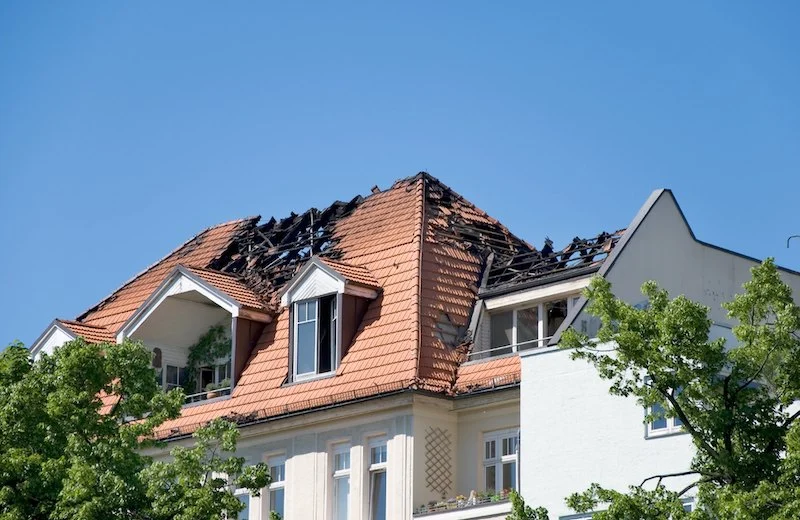
- 1-Why Fireproofing Roofs is Important
- 2-Identifying High-Risk Areas on Your Roof
- 3-Common Causes of Roof Fire Damage
- 4-How to Improve Fireproofing in High-Risk Areas
- 5-Real-Life Examples of Fireproofing Success
- 6-How BeachCo Roofing Hub Can Help
1. Why Fireproofing Roofs is Important
Roofs are the first line of defense against fire for any building. In high-risk areas, such as those prone to wildfires, industrial zones, or areas with nearby combustible materials, ensuring that your roof is adequately fireproofed is crucial to protecting your property and inhabitants. Without proper fireproofing, roofs are vulnerable to rapid damage when exposed to extreme heat or flames, potentially leading to catastrophic structural damage.
Fireproofing not only helps in preventing fire from spreading across the roof but also increases the overall safety of the building. This is especially important for commercial buildings or residential homes located in fire-prone areas where wildfires and other hazards are common.
2. Identifying High-Risk Areas on Your Roof
Not all parts of a roof are equally vulnerable to fire damage. Identifying high-risk areas is an essential first step in fireproofing your roof effectively. These areas often include:

Patriot Roofing & Framing LLC
North ProvidenceProvidence CountyRhode Island
1550 Smith St, North Providence, RI 02911, USA
2.1 Roof Penetrations
Roof penetrations, such as vents, chimneys, and skylights, create weak points in the roof’s structure. These openings can allow flames and heat to enter the interior of the building. Ensuring these penetrations are sealed or fitted with fire-resistant materials is crucial in high-risk areas.
2.2 Roof Valleys
Roof valleys, where two sections of the roof meet, are areas where debris can accumulate. This debris, combined with the potential for heat buildup, can increase the risk of fire spreading. Regular cleaning and fireproofing of these areas are essential.
2.3 Roof Flashing
Roof flashing, particularly around chimneys or skylights, can be vulnerable if not properly maintained. Gaps or deteriorating flashing materials can allow heat to penetrate the roof and ignite nearby materials.
3. Common Causes of Roof Fire Damage
Roof fires can occur for a variety of reasons. Understanding the common causes of roof fire damage can help you take preventative measures:
3.1 Wildfires
Wildfires are one of the most significant risks to homes in certain regions, particularly in areas with dry weather conditions. Sparks from nearby wildfires can land on roofs and ignite combustible materials.
3.2 Electrical Fires
Faulty wiring or electrical malfunctions can cause sparks or heat buildup that can reach the roof and lead to a fire. Proper insulation and maintenance of electrical systems are key to preventing this issue.
3.3 Roofing Material Combustibility
The materials used for roofing can also affect its fire resistance. Traditional roofing materials like wood shake or tar-based products are highly flammable, which increases the risk of fire damage. Upgrading to fire-resistant roofing materials can significantly reduce this risk.
4. How to Improve Fireproofing in High-Risk Areas
There are several methods you can employ to improve fireproofing in high-risk areas, making your roof more resistant to fire damage:
4.1 Use Fire-Resistant Roofing Materials
One of the most effective ways to prevent roof damage from fire is to use fire-resistant materials, such as metal, slate, or fire-treated asphalt shingles. These materials are designed to withstand high temperatures and prevent the spread of flames.
4.2 Install Fire-Resistant Coatings
Fire-resistant coatings are a great way to add an extra layer of protection to your roof. These coatings can be applied to most roof surfaces, including EPDM, metal, and shingle roofs, providing a fire-retardant barrier.
4.3 Regular Maintenance and Inspections
Regular roof inspections and maintenance are essential to identify any weaknesses or areas that may require additional fireproofing. This includes ensuring that flashing is intact, cleaning gutters and valleys, and replacing damaged roofing materials.
4.4 Install Fireproofing Around Penetrations
As mentioned earlier, roof penetrations are vulnerable to fire damage. Installing fire-resistant seals or fireproof collars around chimneys, vents, and pipes can help reduce the risk of fire spreading through these openings.
5. Real-Life Examples of Fireproofing Success
Fireproofing is not just a precaution – it’s a necessity. Here are a couple of real-life examples where fireproofing measures successfully protected homes and businesses:
5.1 Example 1: Wildfire Protection in California
A California homeowner, situated in a wildfire-prone area, invested in fire-resistant roofing materials and fireproof coatings. During the 2020 wildfire season, while surrounding properties were damaged, the homeowner’s fireproofed roof remained intact, saving the home from destruction.
5.2 Example 2: Industrial Facility Fire Prevention
An industrial facility in Texas was at high risk of fire due to nearby flammable materials. The facility upgraded its roof with fire-resistant coatings and added fireproof seals around roof penetrations. When a nearby electrical fire broke out, the fireproofed roof successfully prevented the flames from reaching the interior.
6. How BeachCo Roofing Hub Can Help
At BeachCo Roofing Hub, we understand the importance of proper fireproofing in high-risk areas. Our experts can help you select the best fire-resistant roofing materials, coatings, and installation methods to keep your roof safe. Whether you're building a new home or retrofitting an existing roof, we offer the products and expertise you need to enhance your roof’s fire resistance.
For expert advice and top-quality fireproofing solutions, visit BeachCo Roofing Hub today.

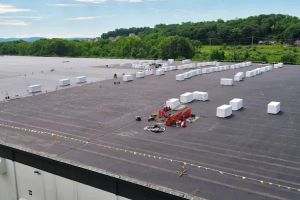
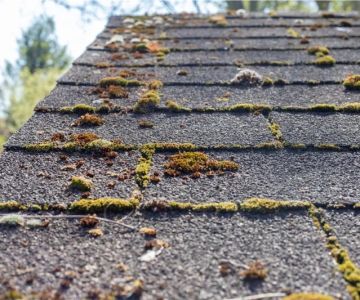
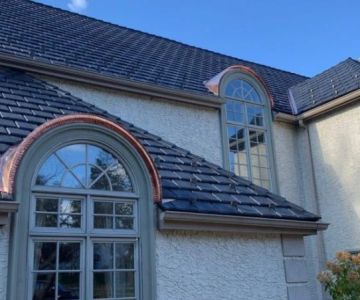
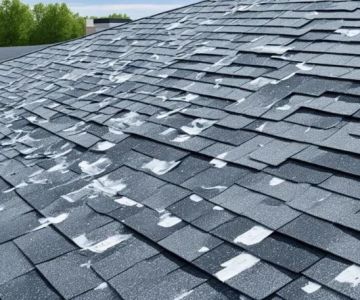

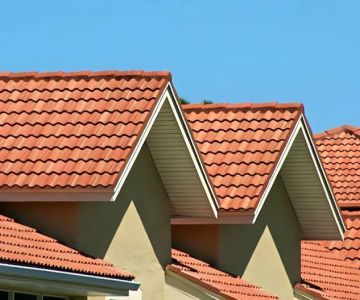
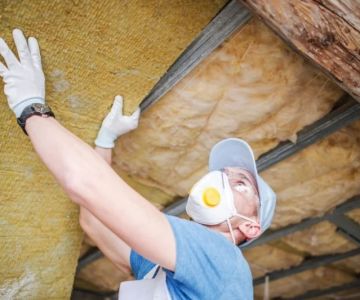
 East Coast Construction & Renovations LLC3.0 (23 reviews)
East Coast Construction & Renovations LLC3.0 (23 reviews)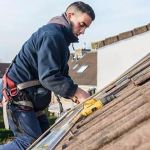 Jim's Roofing Repair4.0 (21 reviews)
Jim's Roofing Repair4.0 (21 reviews)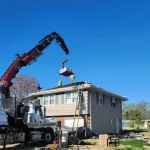 Somerset Roofing5.0 (71 reviews)
Somerset Roofing5.0 (71 reviews)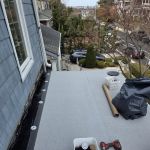 Roof ON - NYC Roofing & Waterproofing Experts5.0 (18 reviews)
Roof ON - NYC Roofing & Waterproofing Experts5.0 (18 reviews)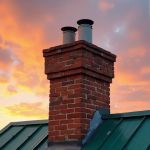 J&Q,CONSTRUCTION INC,5.0 (24 reviews)
J&Q,CONSTRUCTION INC,5.0 (24 reviews)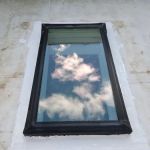 Bestmark llc5.0 (1 reviews)
Bestmark llc5.0 (1 reviews) The Pros and Cons of a Nano-Coated Roof Surface for Easy Cleaning
The Pros and Cons of a Nano-Coated Roof Surface for Easy Cleaning How to Choose a Roofing Material for a Building with a Unique Architectural Feature
How to Choose a Roofing Material for a Building with a Unique Architectural Feature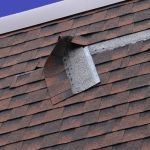 How to Prevent Roof Damage from Improper Storage of Materials
How to Prevent Roof Damage from Improper Storage of Materials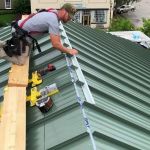 How to Install Roof Shingles in High Wind Conditions: Tips for Secure Installation
How to Install Roof Shingles in High Wind Conditions: Tips for Secure Installation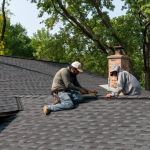 How to Choose a Roofing Contractor That Provides a Written Warranty
How to Choose a Roofing Contractor That Provides a Written Warranty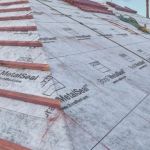 Best Practices for Choosing the Right Roofing Underlayment for Cold Climates
Best Practices for Choosing the Right Roofing Underlayment for Cold Climates